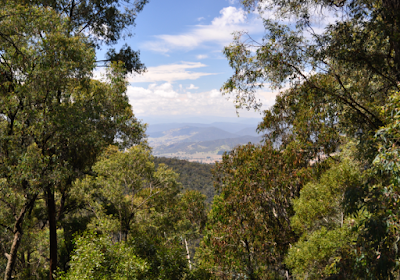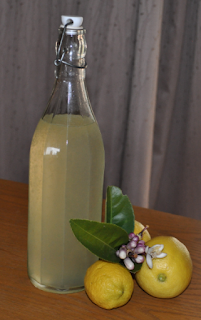Work/life balance is becoming a popular concept with an
attendant industry growing around it.
What is it?
The SA Government on its SafeWork SA website describes work/life balance as the relationship between your work and the commitments in the rest of your life, and how they impact on one another.
http://www.safework.sa.gov.au/worklifebalance/wlb_show_page.jsp?id=111580This seems to be a commonly held definition in many places.
How is it achieved?
Some tips include:
- Putting limits and boundaries in place (being able to say “no”, not overcommitting ourselves, focusing on the important stuff and going home at the end of the work day no matter what is not done)
- Not being a perfectionist (do what needs to be done and let the rest go)
- Being more organised (setting manageable goals, using a diary)
- Making time for ourselves (setting aside time each day for at least one enjoyable activity, taking breaks, taking vacations, leaving work at work)
- Building a support system (family and friends who we can offload to, using EAP)
- Taking care of our health (rest, sleep, exercise, eating healthy food, drink plenty of water)
- Tapping into our strengths, skills and abilities
The responsibility of the workplace
The onus for the achievement of work/ life balance is not just on the individual worker, but also on the organisation, and WA Health has produced a document outlining the organisation's responsibilities for doing just this. The document Achieving work/life balance: retention and attraction strategies for WA Health can be found on the following link:
http://www.health.wa.gov.au/worklifebalance/docs/Retention.pdf
But maybe it is more complex than this
WorkLife balance.com points out that work/ life balance does not mean an equal balance, and that the balance will vary over time. They say it revolves around achievement and enjoyment and this occurs in four quadrants of life: work, family, friends and self. More on this can be found on this link:
http://www.worklifebalance.com/work-life-balance-defined.html
Then I reflect that the major focus of the concept is on paid work, but the hardest work I have ever done is being at home and raising little people.
Then someone suggested that the work ethic is a "doing" ethic and the living ethic is the "being" ethic. More food for thought!
Then I love how someone can come along a turn a popular concept on its head. This is what keeps life so interesting! Pip Lincolne in her book Craft for the soul: how to get the most out of your creative life (Viking, Aust 2015) says that work is often seen as something negative to be endured and suggests that instead we need to shift our thinking from "work = enemy" to "work = love" by making work more rewarding, seeing it as being "full of promise, lessons and growth" and merging work and life.
More information about her book can be found here:
http://www.booktopia.com.au/craft-for-the-soul-pip-lincolne/prod9780670076598.html
http://www.booktopia.com.au/craft-for-the-soul-pip-lincolne/prod9780670076598.html
A final thought:
If ants are such busy workers, how come they find the time to go to all the picnics? Marie Dressler

















































